Help with tropical milkweed
javiwa
6 years ago
Featured Answer
Sort by:Oldest
Comments (11)
javiwa
6 years agolast modified: 6 years agoRelated Professionals
Simpsonville Landscape Architects & Landscape Designers · Wheeling Landscape Architects & Landscape Designers · Paradise Landscape Architects & Landscape Designers · Brooklyn Park Landscape Contractors · Chattanooga Landscape Contractors · Clark Landscape Contractors · Fairfield Landscape Contractors · Harvey Landscape Contractors · Ponte Vedra Beach Landscape Contractors · Annapolis Siding & Exteriors · Bronx Siding & Exteriors · Champaign General Contractors · Dallas General Contractors · Jeffersonville General Contractors · West Whittier-Los Nietos General Contractorsjaviwa
6 years agojaviwa
6 years agojaviwa
6 years agolast modified: 6 years agojaviwa
6 years agojaviwa
6 years ago
Related Stories

GARDENING GUIDESGreat Design Plant: Milkweed
Quit cringing. This not-weed plant is a sight to behold in the garden, has a delicious vanilla scent and is a magnet for butterflies
Full Story
GARDENING GUIDESGreat Design Plant: Butterfly Milkweed, a Beacon in the Prairie
Vivacious orange flowers for you, nectar for the butterflies and bees. Asclepias tuberosa is worth planting for more reasons than one
Full Story
LANDSCAPE DESIGNNative Plants Help You Find Your Garden Style
Imagine the garden of your dreams designed with plants indigenous to your region
Full Story
GARDENING AND LANDSCAPINGBe a Citizen Scientist to Help Wildlife, Learn and Have Fun Too
Track butterflies, study birds, capture stars ... when you aid monitoring efforts, you’re lending Mother Nature a hand
Full Story
EARTH DAYHow to Help Your Town’s Beneficial Birds and Bugs
Make a habitat using local materials to provide a home to the creatures that help our gardens
Full Story
EXTERIORSHelp! What Color Should I Paint My House Exterior?
Real homeowners get real help in choosing paint palettes. Bonus: 3 tips for everyone on picking exterior colors
Full Story
BATHROOM WORKBOOKStandard Fixture Dimensions and Measurements for a Primary Bath
Create a luxe bathroom that functions well with these key measurements and layout tips
Full Story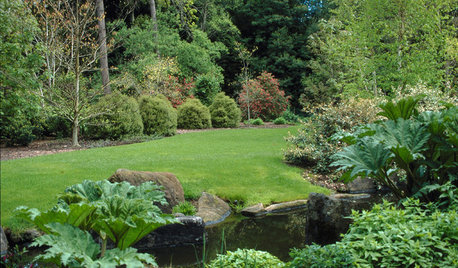
GARDENING GUIDESYou Don't Need Prairie to Help Pollinators
Woodlands, marshes, deserts — pollinators are everywhere
Full Story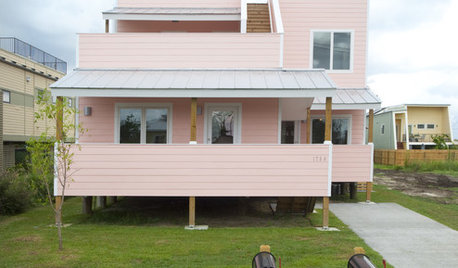
CONTEMPORARY HOMESFrank Gehry Helps 'Make It Right' in New Orleans
Hurricane Katrina survivors get a colorful, environmentally friendly duplex, courtesy of a starchitect and a star
Full Story
REMODELING GUIDES8 Tips to Help You Live in Harmony With Your Neighbors
Privacy and space can be hard to find in urban areas, but these ideas can make a difference
Full Story





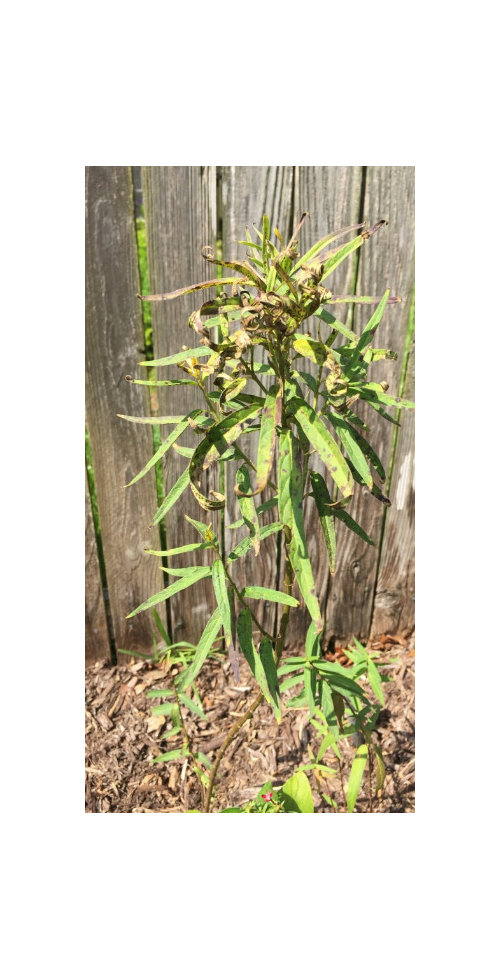




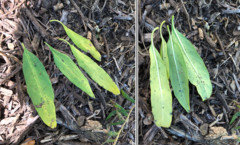
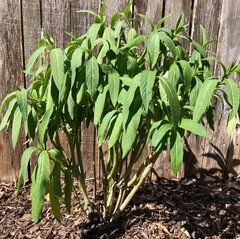


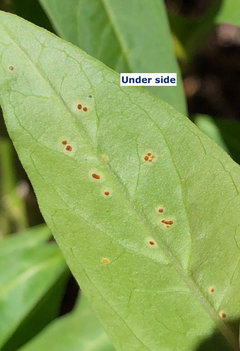



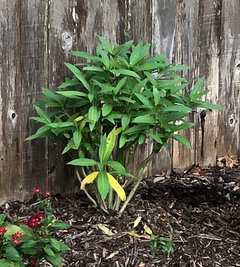

User